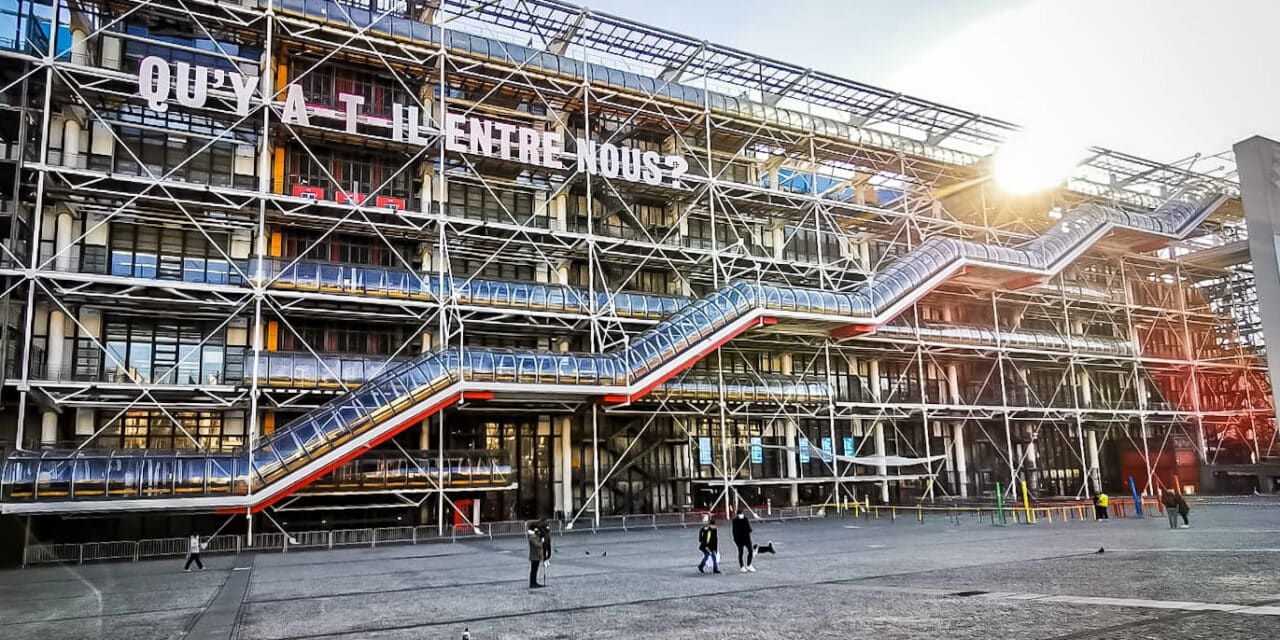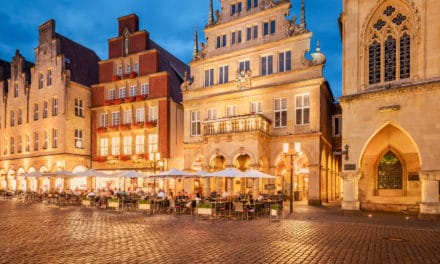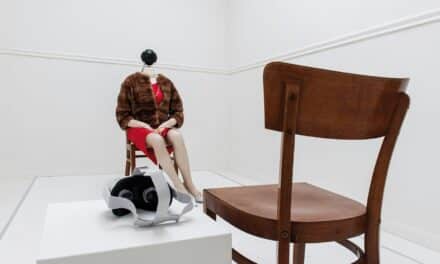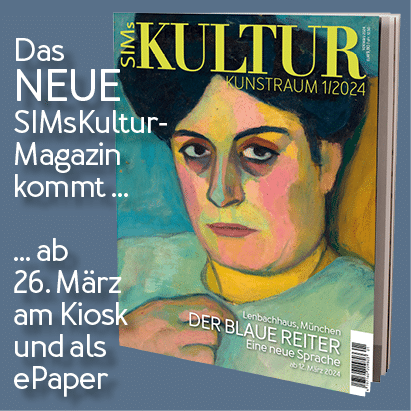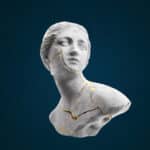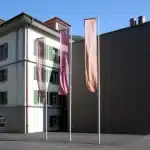Not even forty years old, and already so symbolic! The Centre Pompidou, usually called "Beaubourg" by Parisians, was opened in 1977 and has established itself as one of the liveliest and most visited places in the capital.
The Centre Pompidou was created by Renzo Piano and Richard Rogers and is an architectural wonder of the 20th century, recognizable by its external escalators and huge coloured tubes. It is home to the National Museum of Modern Art and is a world-renowned institution for its 20th and 21st century art collections.
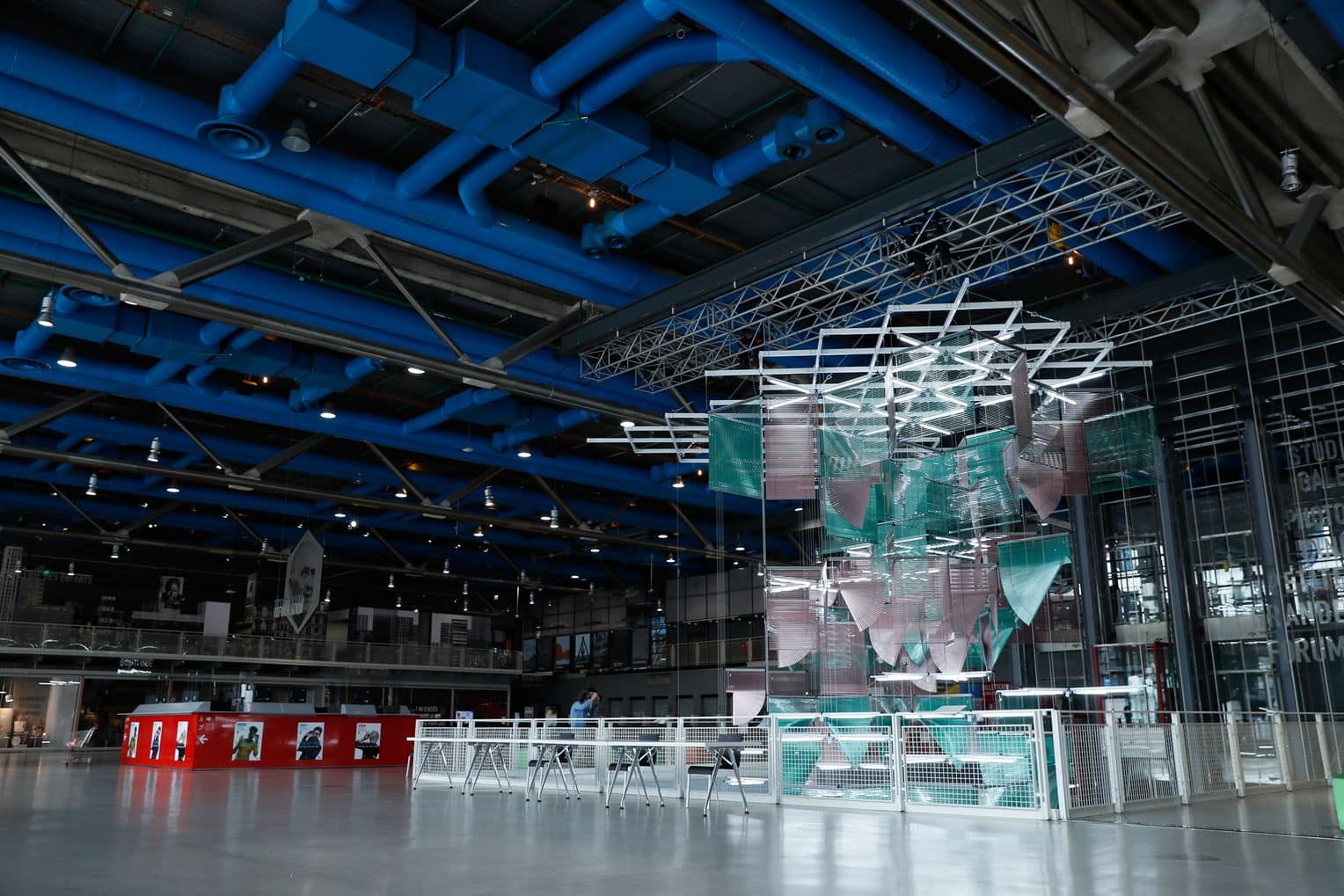
Excerpt from the exhibition by Haegue Young, 2016 © AFP/ Thomas Samson
The inauguration of the Centre Pompidou in 1977, the work of architects Renzo Piano and Richard Rogers, marked a turning point in the enhancement of the collections. The multidisciplinary orientation of the institution has contributed greatly to the way the Centre Pompidou is furnished. It is strictly devoted to contemporary art, welcomes contemporary artists and is open to the international art scene. Since then, the collections have been constantly enriched, especially thanks to generous donors. New horizons are being opened up. Inheriting the collections of the Musée du Luxembourg, founded in 1818, it was intended to preserve the State's purchases for living French artists. As a result, the National Museum of Modern Art - a center of industrial creation - has the most important collection of modern and contemporary art in Europe and one of the largest in the world. It comprises 120,000 works from 1905 to the present day.

